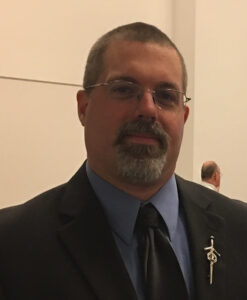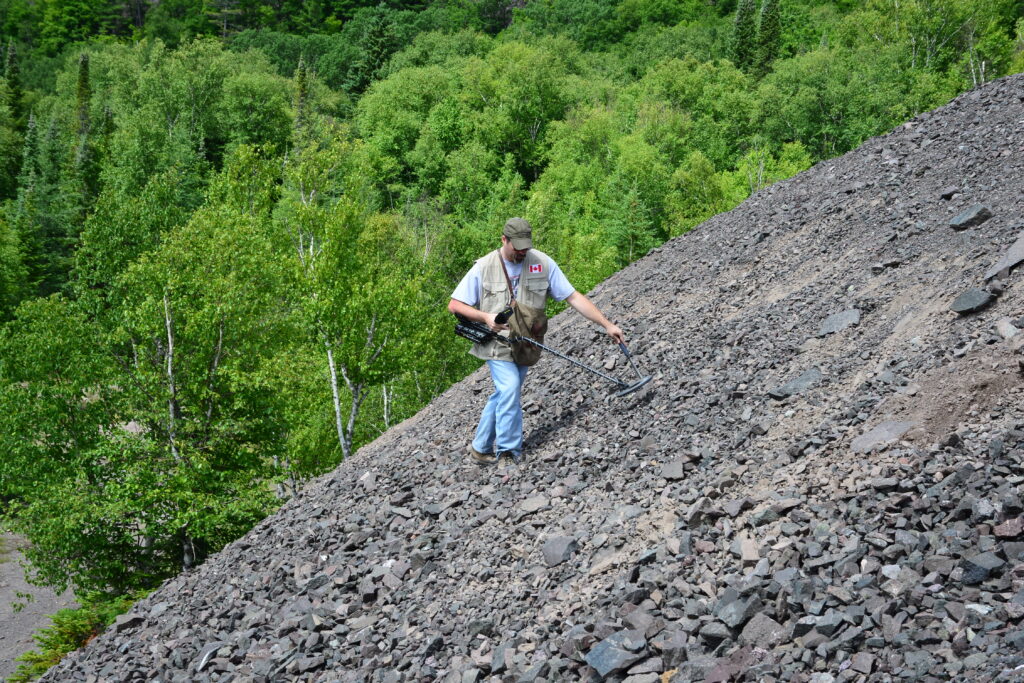
The Keweenaw Peninsula of Upper Michigan, known worldwide as the Copper Country, holds the largest native copper deposit the world has ever known. Long before the arrival of Europeans in the 17th Century, Native Americans were exploiting the rich copper deposits for tools and ornaments. It was not until 1841 when Douglass Houghton, Michigan’s first state geologist, completed an in-depth report about the vast amounts of native copper that miners, backed by wealthy investors from the East Coast, began to fully explore the area. Soon after, hundreds of mines and prospects sprang up along the Peninsula and over the next 150 years, produced almost fourteen billion pounds of copper. In addition to mining copper, early collectors also enjoyed a fabulous bounty of excellent specimens such as silver, datolite, calcite, and agates recovered from the area. Prominent names such as John Reeder, Lucius Hubbard, and Arthur Seaman, to name a few, were some of the most prolific collectors that amassed world-class specimens from the mines. Many of these spectacular specimens can now be found on display at the A.E. Seaman Mineral Museum in Houghton, Michigan. Today, collecting in the Copper Country continues with amazing specimens being recovered from the area.

Growing up in the Copper Country of Upper Michigan, Paul Brandes was spoiled by having some of the best mineral collecting in the world literally right outside his door. His childhood love of minerals and passion for knowing why they were there led him to obtain degrees in geology from the New Mexico Institute of Mining and Technology and Michigan Technological University. During his time at Michigan Tech, he worked with Dr. George Robinson, then Curator of the A.E. Seaman Mineral Museum, on a newly discovered mineral that would later be named Centennialite after its type locality, the Centennial Mine. After college, he spent one year in Nevada as a consultant before moving to Texas to work as a special investigator in environmental crimes. After almost twelve years, he decided to return to what he loved most, geology and minerals. Currently, he is an adjunct professor at a community college, a writer and field photographer for two major publishing companies, a member of the management team for Mindat, and a board member of the Hudson Institute of Mineralogy. His work as a geologist and photographer has taken him to almost every corner of the world. With his geologist wife Nathalie, they travel the world in search of new and exciting places to study geology and add to their mineral and photographic collections.